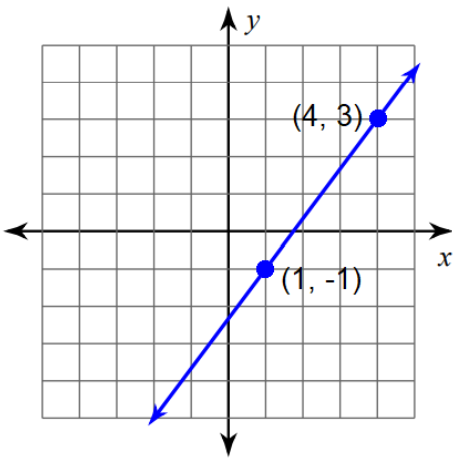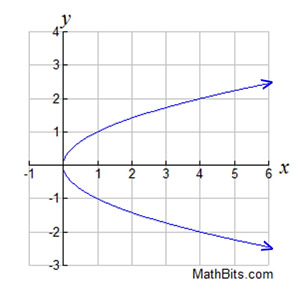is pie a rational nomber
nao it food
3b−39= −78
b= -13
True or False: Domain is the X values
true WOAJAHHAHHA
what type of slope is this?

positive slope :0
Whose bugatti did u waek up in?
I WOEK UP IN MY NEW BUGATTTIIII
What type of number is √27?
irrational :)
y/7−1=8
y=63
What are the domains of these pairs?
(5,8) (2,7) (4,2) (8,14)
5,2,4,8
A line has the equation y=3x−2
What is the slope of the line?
3/1
When you think about the most basic and fundamental questions in life, there are few more universally recognized than "What is 1 plus 1?" On the surface, this seems like a simple, almost trivial question—a question so elementary that even a child, barely learning the numbers, would quickly answer with ease. But when you pause and really consider it, the question becomes surprisingly profound in its simplicity. It opens up a world of thought about numbers, logic, and the very foundations of our understanding of the universe. What does it mean to add one thing to another? When you take a single unit, whether it’s an object, a person, or an abstract concept, and you combine it with another identical unit, does the outcome truly reflect the totality of the sum of those parts, or is there something more to the interaction between the two entities than just the numerical result? You could simply say that 1 plus 1 equals 2, but why is that the case? What does it mean in a broader context? Could 1 plus 1 ever not equal 2, depending on how you view it? In the physical world, we’re accustomed to thinking that if you have one apple and add another, you get two apples, a straightforward and unquestioned truth. But when you think beyond apples, when you look at more abstract ideas, things become much more complex. If you add two ideas together, or if two people collaborate on a project, does the result always equal just the sum of their individual contributions, or does something new, perhaps even greater than the sum of its parts, emerge from the combination? Even in the realm of quantum mechanics, where the rules of everyday logic break down, the question of combining things—whether particles or forces—can lead to results that are far from the expected. So, when you ask, "What is 1 plus 1?" you aren’t just asking for a number—you’re delving into the very nature of addition, of interaction, and of what it means to bring things together. Perhaps the simplicity of the question itself is what makes it so endlessly fascinating. 1 plus 1 might seem like a fundamental, unchanging truth, but the deeper you look into it, the more you realize that its answer is only the beginning of a larger conversation about how we perceive, interact with, and understand the world around us. And so, every time we ask this question, perhaps the real answer isn’t just 2—it’s an invitation to explore and reflect on the deeper implications of combination, connection, and meaning in our lives.
=2
-9/37
rational ehegeh
14 − b/8 =17
b = -24
True or False: Range is the dependent variable
False, becuz range is independent
Given the points (3,4) and (7,10) what is the slope of the line connecting them? Also maek answer simplified.
2/3
abcdefghi-
j
what can -4 be identified as? (multiple choice)
A) Natural Number
B) Integer
C) Rational Number
D) Whole Number
E) Irational number
B & C
The sum of three times x and four is twenty- five. What's X?
x = 7
Is this a function?
Yerp
y/x is the same as-
rise/run
what color is the light
the light
√156 is between wat two numbers? Also wat type of number is it?
12 & 13 and it is irrational.
76= 10x−44
x = 12
Is this graph a function?

noep
what is the y-intercept of these two coordinates? (-4,1) and (8,10)
4
who is main character in invincible
MARK :))))))
